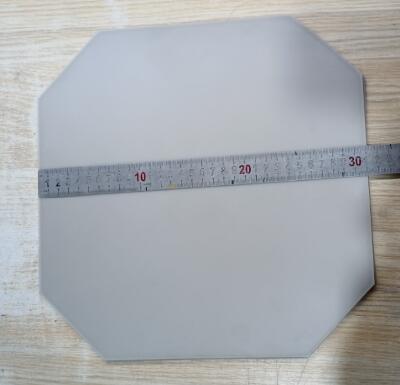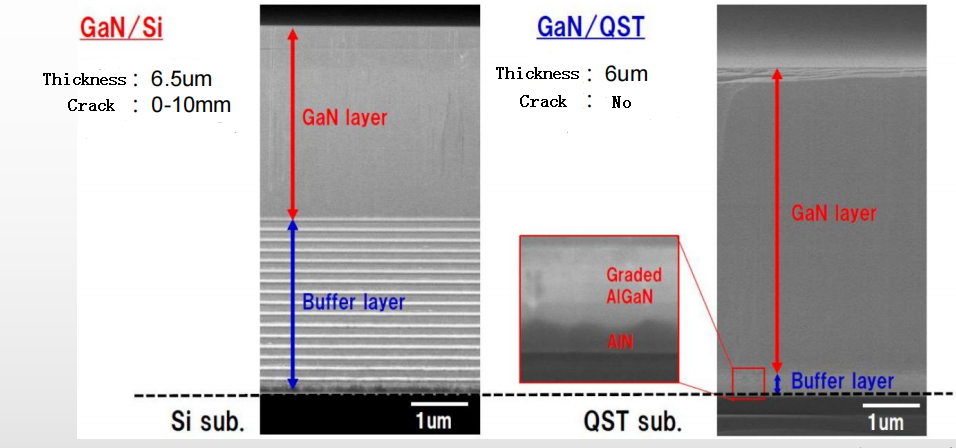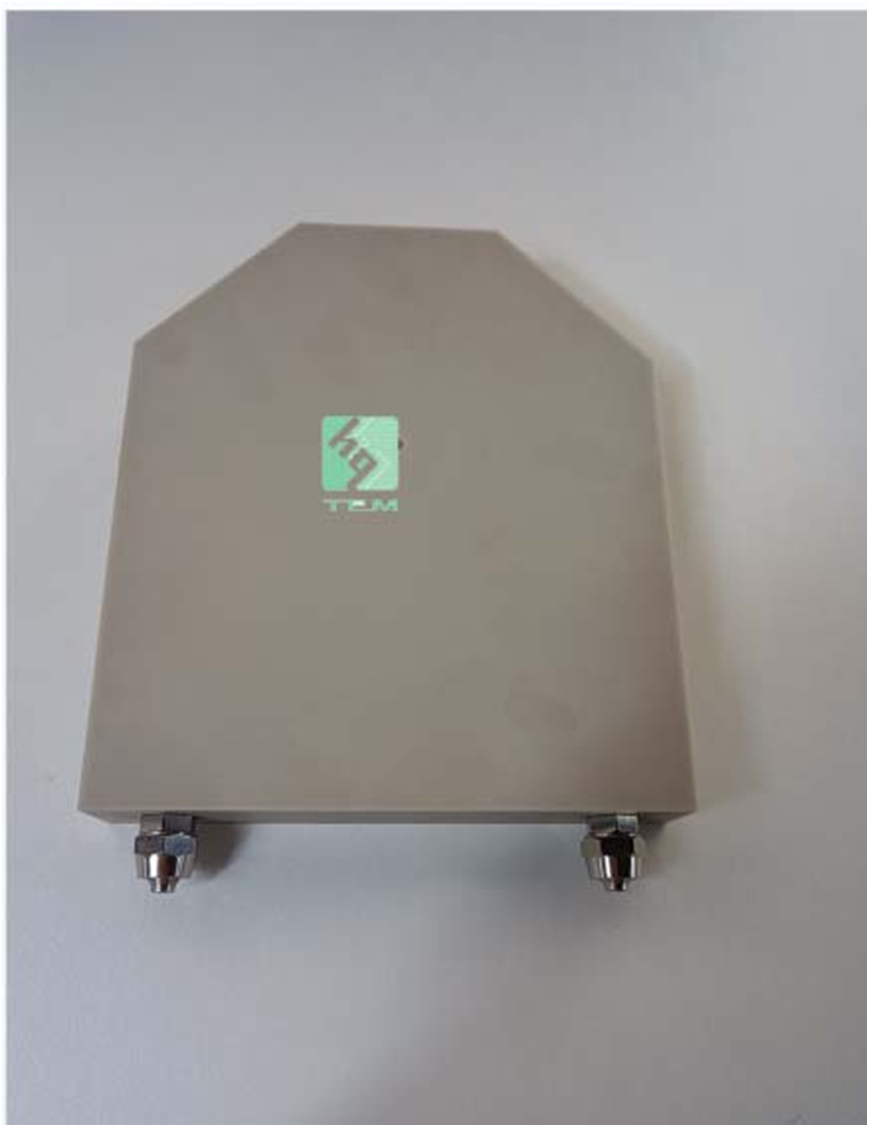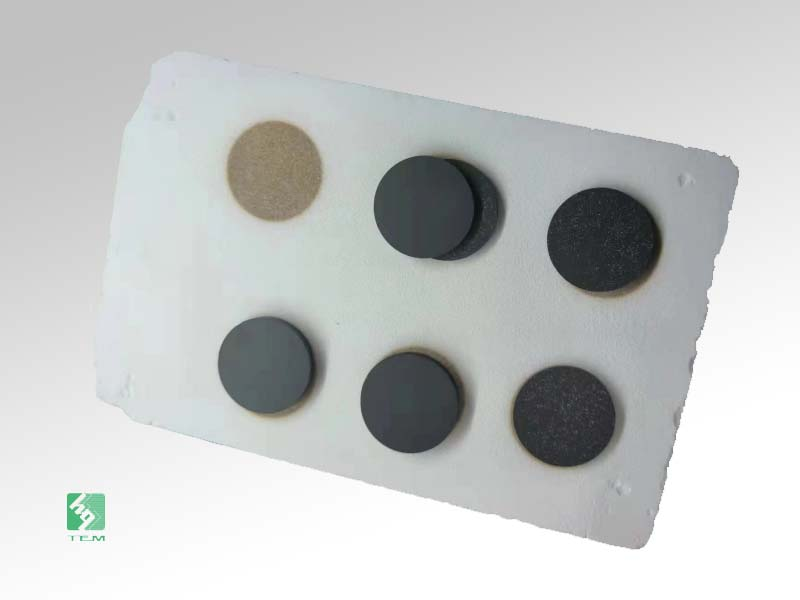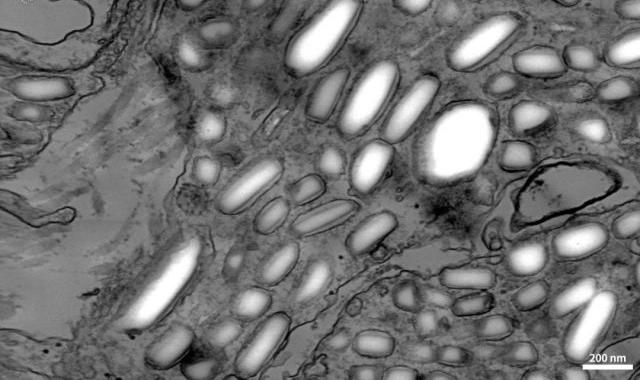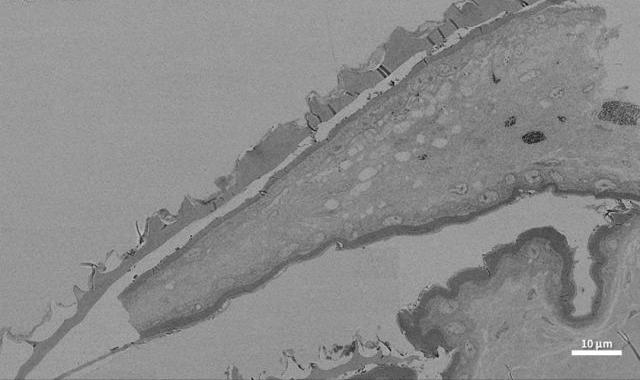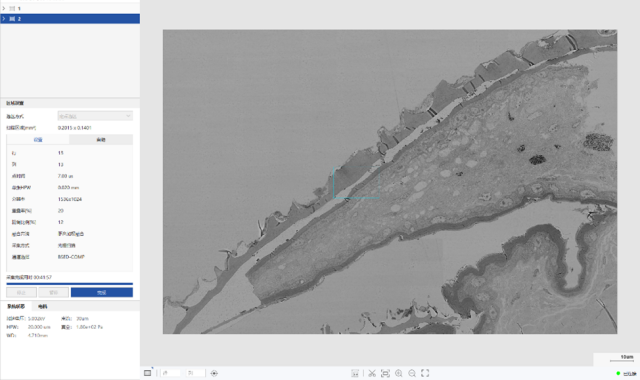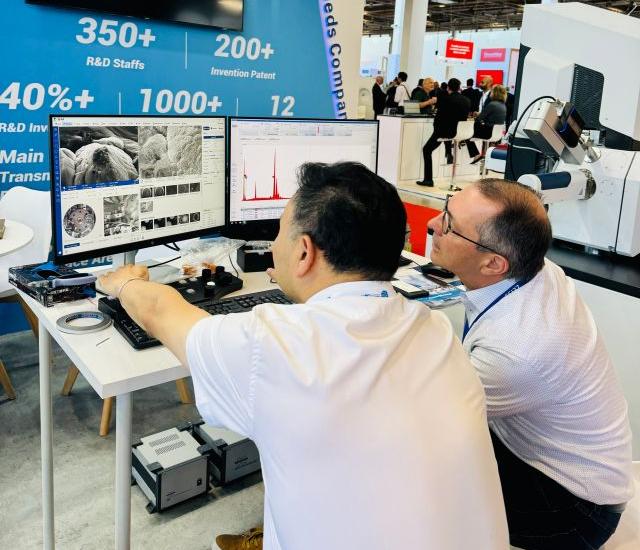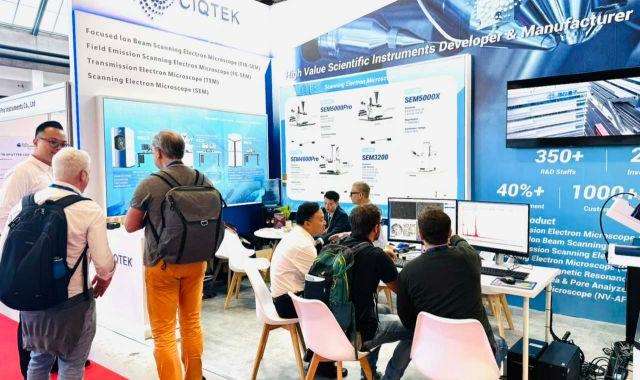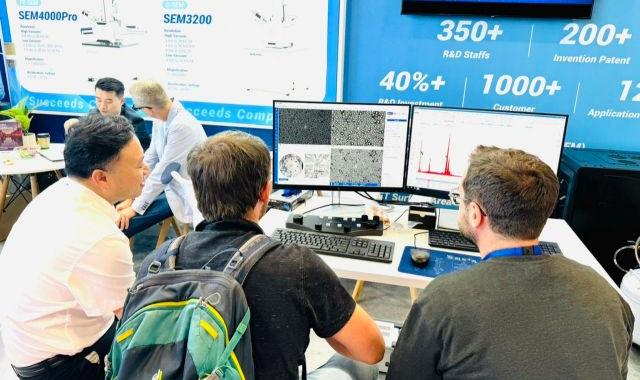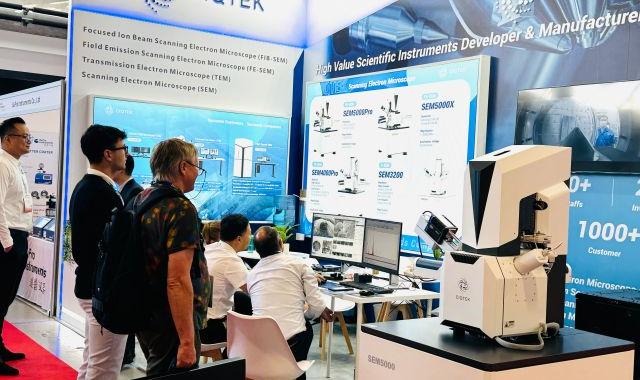What are the special properties of magnets made of rubber magnetic material?
Rubber magnetic material is an emerging magnetic material with many special properties. Rubber magnetic material is compounded by rubber and ferrous powder, so it has the flexibility of rubber and the magnetic property of ferrous powder. It not only has some characteristics of conventional magnetic materials, such as adsorption, magnetic conductivity, etc., but also has some special properties, such as flexibility, sound insulation and wear resistance. The special properties of rubber magnetic material will be described in detail below.

Firstly, rubber magnetic material has excellent flexibility. Due to the elasticity of rubber and the bonding effect of ferrous powder, rubber magnetic materials can be made into various shapes and sizes as needed, such as sheets, strips, tubes and so on. This makes the rubber magnetic material adaptable to different application scenarios, such as it can be affixed to the surface of various objects and used to make magnets of various shapes, such as magnetic sheets, strips, tubes and so on. At the same time, rubber magnetic materials are also able to maintain their magnetic properties under deformation and will not lose their magnetic capability. This makes the rubber magnetic material have high application value.
Secondly, the rubber magnet material has good sound insulation properties. The sound-absorbing property of rubber makes rubber magnetic material able to effectively isolate the spread of sound. In some occasions that need to reduce noise, rubber magnetic material can be used to manufacture soundproof mats, soundproof boards and other products to achieve the isolation of the sound and sound absorption, and play the effect of reducing noise. In addition, the flexible rubber magnetic material can also make use of its magnetic and flexibility advantages, manufacturing sound insulation materials with adsorption, can be used to adsorb the noise source, reduce noise pollution.Rubber magnetic materials have high abrasion resistance. The abrasion resistance of rubber gives rubber magnetic materials a long service life.
In summary, rubber magnetic material has unique special properties. It not only has some characteristics of conventional magnetic materials, such as adsorption, magnetic conductivity, etc., but also has special properties such as flexibility, sound insulation and wear resistance. These properties make rubber magnetic material an ideal magnetic material for a variety of applications, such as home decoration, automotive manufacturing, electronic appliances, medical devices and so on. With the continuous progress of science and technology, it is believed that the special properties of rubber magnetic materials will be better applied and developed.


